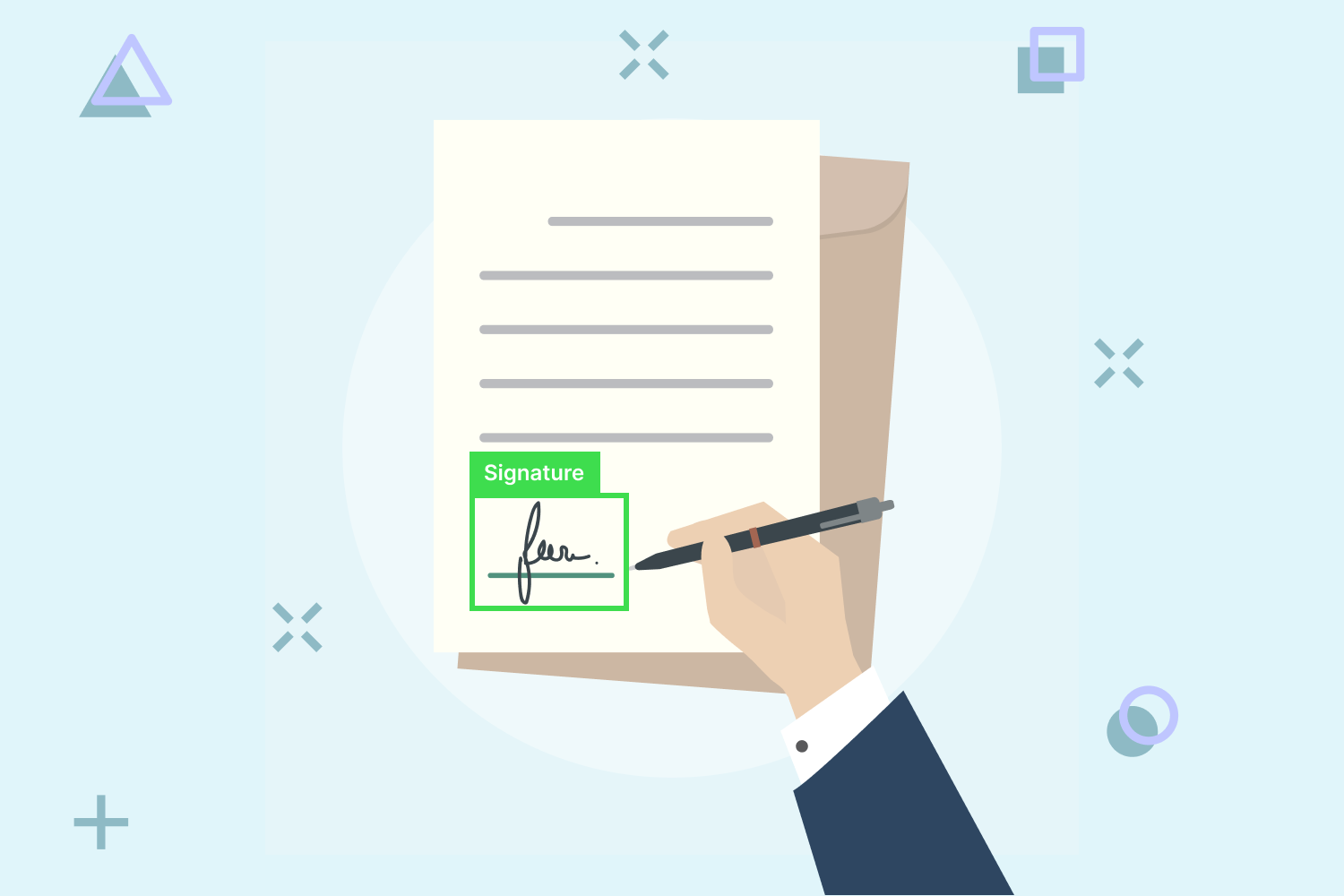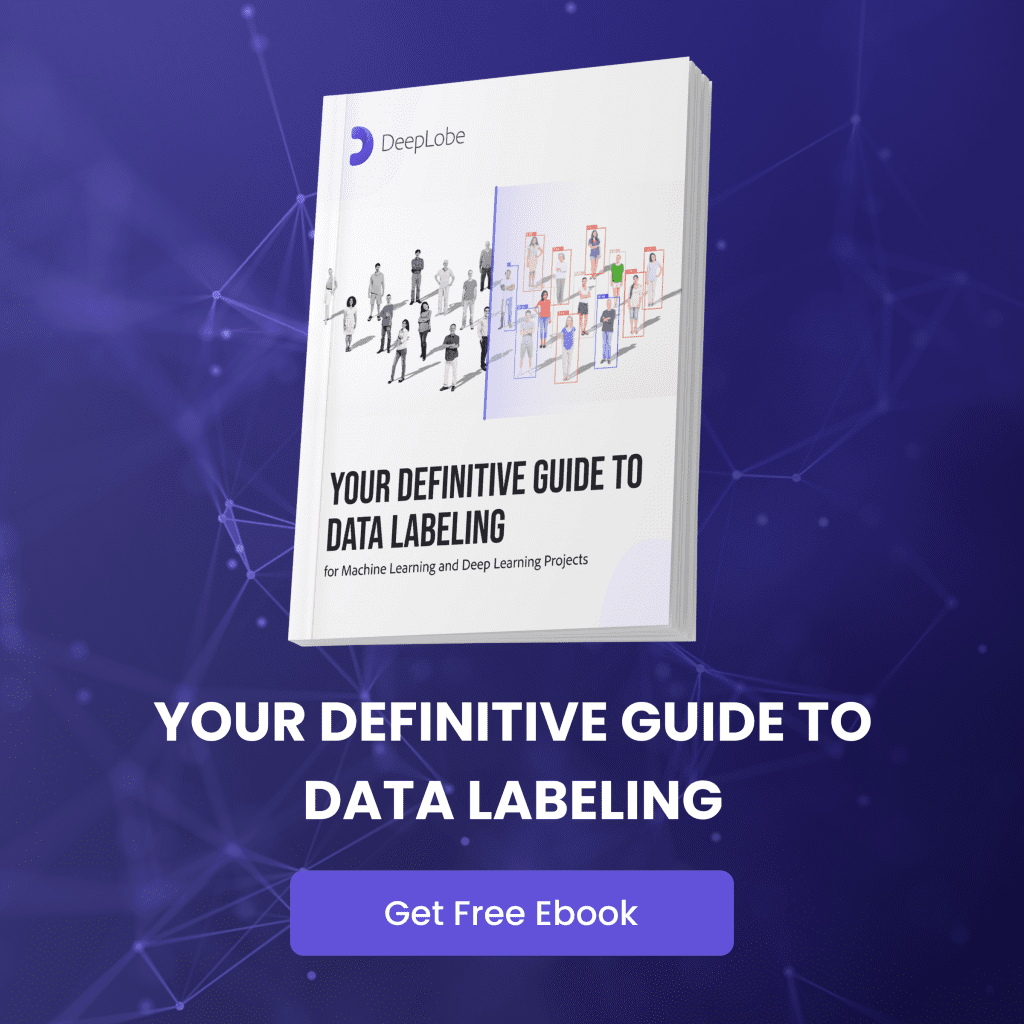
adminAugust 18, 2023Uncategorized
Signatures are a common way to authenticate documents and transactions. In today’s digital age, where every transaction and interaction is rapidly moving toward the online sphere, the importance of signature detection cannot be underestimated. Signatures have long been a hallmark of legal agreements, official documents, and personal correspondence.
However, manually detecting signatures can be a time-consuming and error-prone process, leading to inefficiencies, inaccuracies, and potential legal disputes. The emergence of no-code AI platforms has brought a transformative solution to this challenge, streamlining signature detection processes and revolutionizing various industries.
Types of Signature Detection
- Manual signature detection: This type of detection is done by a human operator who visually compares the signature on the document to a reference signature. This is the most basic and traditional type of signature detection.
- Automated signature detection: This type of detection uses computer software to analyze the signature and compare it to a reference signature. This is the more advanced type of signature detection and is becoming increasingly popular due to its accuracy and efficiency.
Automated signature detection can be further divided into two sub-types:
Static automated signature detection: This type of detection uses static features of the signature, such as the shape of the letters, the size and spacing of the letters, and the overall appearance of the signature.
Dynamic automated signature detection: This type of detection uses dynamic features of the signature, such as the speed, pressure, and direction of the pen strokes.
In this blog, we will delve into the hurdles and issues associated with manual signature detection and explore how no-code AI models make this task easy, more accurate, and more efficient.
The Hurdles of Manual Signature Detection
Time-consuming process: Manually detecting signatures involves sifting through numerous documents, which is time-consuming. This can lead to delays in critical business processes and hinder the overall workflow.
Human error: Human error is inevitable when dealing with manual processes. Inaccurate signature detection can misinterpret agreements, legal disputes, and potential financial losses.
Volume overload: As businesses grow and transactions increase, the volume of documents requiring signature detection can become overwhelming for manual review. This can further exacerbate the risk of errors and delays.
Subjectivity and inconsistency: Different individuals may interpret signatures differently, leading to inconsistencies in the detection process. This subjectivity can hinder the standardization of processes and impact decision-making.
Resource intensive: Manual signature detection requires a dedicated workforce, involving recruitment, training, and ongoing supervision. This can strain company resources and divert human capital from more value-added tasks.
No-Code AI Platforms: Transforming Signature Detection
No-code AI platforms are emerging as game-changer in signature detection. These platforms allow individuals and companies to leverage the power of artificial intelligence without the need for complex coding or technical expertise. Here’s how they address the hurdles associated with manual signature detection:
Automation and speed: No-code AI platforms automate the signature detection process, significantly reducing the time required for analysis. Documents can be processed at lightning speed, enabling businesses to maintain a swift workflow.
Enhanced accuracy: AI models, powered by machine learning and deep learning algorithms, are capable of learning from vast amounts of data. This results in highly accurate signature detection, minimizing the risk of human error and potential legal disputes.
Scalability: No-code AI platforms can effortlessly handle a high volume of documents, ensuring consistent and accurate signature detection even as the workload increases. This scalability is particularly advantageous for rapidly growing businesses.
Objectivity and consistency: AI models follow predefined algorithms, ensuring consistent interpretation of signatures. This objectivity eliminates the subjectivity associated with manual reviews and promotes standardization.
Resource efficiency: By eliminating the need for a dedicated workforce to manually review documents, no-code AI platforms free up human resources to focus on strategic tasks that require critical thinking and creativity.
Benefits of No-Code AI Platforms for Signature Detection
Ease of use: No-code AI platforms are designed for users with varying levels of technical expertise. They provide intuitive interfaces that allow users to train, deploy, and manage AI models without coding knowledge.
Cost-effectiveness: Implementing and maintaining manual signature detection processes can be costly. No-code AI platforms offer a cost-effective alternative that minimizes labor and operational expenses.
Rapid deployment: With no-code platforms, AI models can be quickly deployed, providing immediate value to businesses. This agility is crucial in today’s fast-paced business environment.
Continuous learning: AI models can learn and improve over time as they process more data. This adaptive learning ensures that the detection accuracy keeps getting better with every iteration.
Reduced errors: The accuracy of AI-driven signature detection significantly reduces the likelihood of errors, minimizing legal risks and potential financial losses.
Data security: Leading no-code AI platforms prioritize data security, ensuring that sensitive documents and signatures are protected throughout the detection process.
Industrial Applications and Use Cases
The impact of no-code AI platforms on signature detection extends across various industries:
Financial services: Banks and financial institutions deal with a large number of documents requiring signatures. No-code AI platforms ensure swift and accurate processing of loan applications, contracts, and financial agreements.
Legal firms: Legal professionals rely on accurate documentation and signature validation. AI-powered platforms streamline the review process, allowing lawyers to focus on higher-value legal tasks.
Real estate: In the real estate sector, property transactions involve extensive paperwork. No-code AI platforms expedite the processing of property contracts and agreements, reducing delays in property sales.
Healthcare: Patient consent forms, medical records, and insurance documents often require signature verification. AI platforms facilitate the secure and efficient management of these critical documents.
Human resources: HR departments handle a multitude of employee-related documents. No-code AI platforms simplify the process of verifying employee signatures on contracts, onboarding forms, and benefits documents.
Government and public services: Government agencies deal with vast amounts of paperwork, from licenses to permits. No-code AI platforms enhance the efficiency of document processing and approval.
Ecommerce: Ecommerce businesses can use signature detection to verify the authenticity of signatures on shipping documents. This helps to prevent fraud and protect businesses from financial losses.
DeepLobe’s Signature Detection Model: A Powerful Tool for Businesses and Individuals
DeepLobe is a no-code AI platform that offers a powerful signature detection model. This model can automatically detect signatures in documents with high accuracy and speed. This is a valuable tool for businesses and individuals who need to automate the signature detection process.
DeepLobe’s signature detection model is trained on a large dataset of signatures. This allows the model to identify signatures even when they are of poor quality or when they are partially obscured. The model is also able to identify different types of signatures, such as handwritten signatures, scanned signatures, and electronic signatures.
In addition to its accuracy and speed, DeepLobe’s signature detection model is also easy to use. Organizations and individuals with no coding experience can easily deploy the model to their own documents. This makes it a cost-effective and efficient solution for signature detection.
No-code AI platforms are revolutionizing the way businesses approach signature detection. By addressing the challenges associated with manual processes, these platforms offer enhanced accuracy, speed, scalability, and efficiency. The benefits extend to various industries, streamlining critical processes and enabling organizations to allocate resources more strategically. As the digital landscape continues to evolve, no-code AI platforms stand as a testament to the potential of technology in simplifying complex tasks, boosting productivity, and ensuring accurate and consistent signature detection.
If you are looking for a powerful tool to automate the signature detection process, then DeepLobe is a great option. The company’s signature detection model is accurate, fast, and easy to use. To learn more about DeepLobe and its signature detection model, book a free demo.
